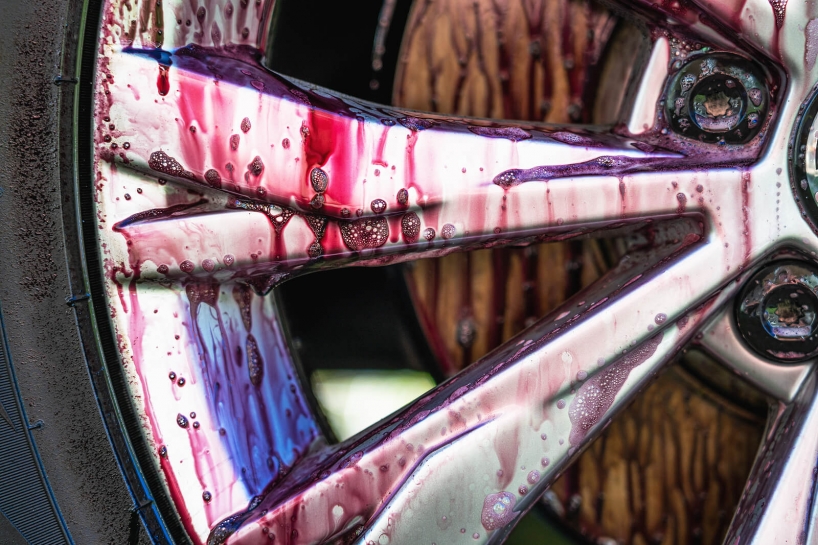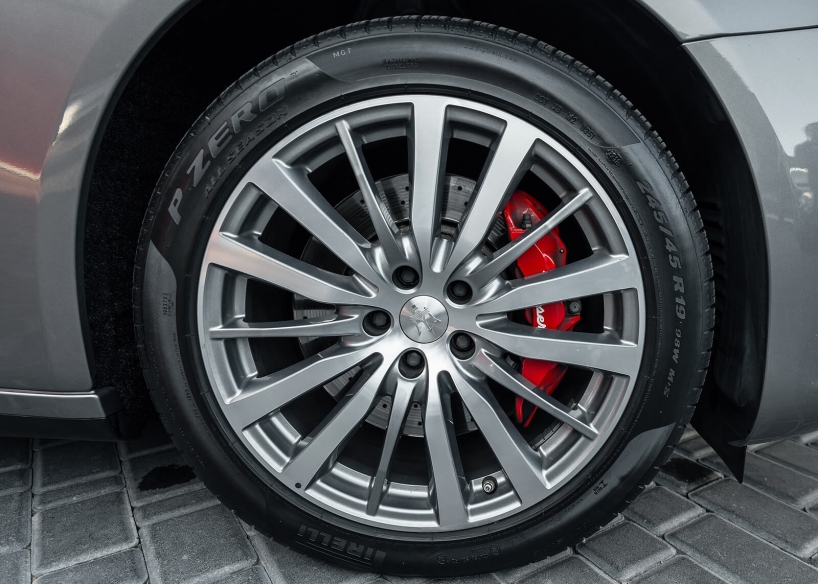
May 3rd, 2022 by
Iron contamination is what happens when iron fallout (small particles of iron that are shed from your brake pads) attaches itself to your car’s wheels and oxidises. What starts as dirty-looking patches will eventually develop into rust spots. Few want their lovely, shiny alloy wheels marred by discolouration, but you really don’t want them to rust.
Can you prevent iron contamination?
Not really. Particles will always shed from brakes or be picked up from the roads from other cars and though other general usage risks such as salt contamination (where salt applied to icy roads in winter splashes onto car paintwork and causes rust) can be avoided by regular cleaning, iron contamination cannot be prevented in this way.
How can you tell if your car has iron contamination?
The telltale signs are patches of discolouration on your wheels. This is the first stage and will eventually develop into rust. If you look very closely, you may be able to see the tiny particles stuck to the wheels. The longer you leave it, the firmer they will adhere as the oxidisation process develops.
Why can’t you wash it away?
Several conditions combine to make iron fallout impossible to remove just by standard cleaning. Firstly, the particles are jagged which causes them to grip the surface of the wheels. Grease and dirt on wheels make the surfaces slightly sticky anyway. And both the wheels and the iron particles are hot when the car is in motion which causes them to adhere more firmly.
How can you get rid of it then?
It may seem like trying to remove tiny pieces of metal that have a vice-like grip from a surface that you don’t want to scratch or damage in the process is quite the ask, but there is a solution. What you need is a specially formulated product that contains an active ingredient: basically, a chemical reaction to overcome a chemical process.
Where the issue is tiny fragments whose jagged edges grip a surface, the solution is to change the shape of those fragments, via a chemical reaction, to remove their grip and allow them to be rinsed away. This is what iron fallout remover does.
How to use it
With this product, science does all the hard work for you. Just follow these steps:
- Spray the product over the surface
It’s very thick and works in a similar way to snow foam; clinging onto the surface to maximise contact. - Leave for 5-10 minutes
As the chemical reaction takes place, the product will change colour and release a pungent smell. This is why this type of product is often called dramatic names such as Dragon’s Blood or Troll’s Breath! This process changes the shape and structure of the particles and thereby releases their grip. - Rinse with warm water
The iron fallout can now simply be rinsed away, along with dirt and grease so it’s a great general wheel cleaner too
Will it reverse the discolouration?
So, we know that iron fallout remover removes actual particles and stops them from rusting the metal, but you may be wondering whether the discolouration that alerted you in the first place can be removed. Worry no more because that’s exactly what it does – stops the oxidisation in its tracks and deals with any signs of discolouration. Your alloy wheels will once again be restored to former glory!
Can it be used elsewhere?
While your wheels are the areas most likely to suffer from iron contamination, it can affect paintwork and the underside of the car too. Make sure you choose a pH-neutral product, and you will be able to use it on any part of the car perfectly safely
Comments
Leave a reply
Your e-mail address will not be published. All fields are required



